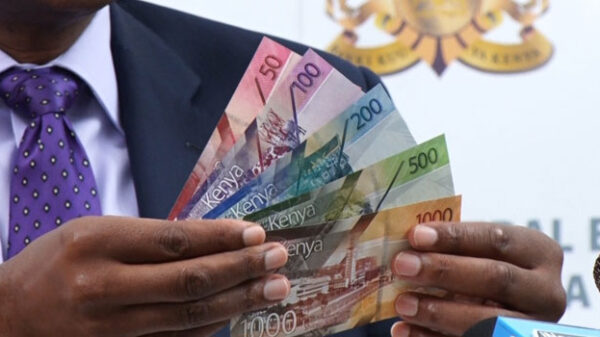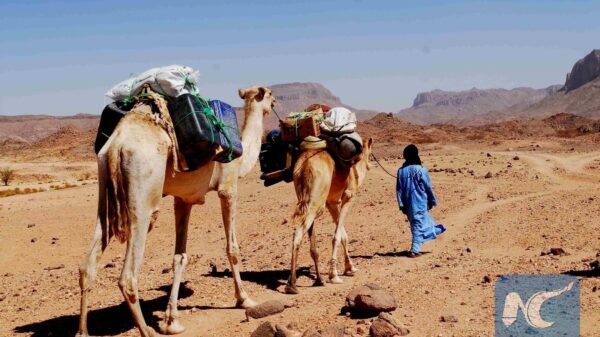
The report shows that the rising levels of urbanization and disposable income continue to fuel growth in Kenya’s retail sector in 2016 and beyond/FILE
According to the latest report by Oxford Business Group (OBG), this places Kenya at roughly half the level of South Africa, where formal retail is estimated to stand at 60 percent of overall activity.
The report shows that the rising levels of urbanization and disposable income continue to fuel growth in Kenya’s retail sector in 2016 and beyond.
“Demand for quality outlets and a broader range of shopping options drives the construction of floor space,” the report says.
Oxford Business Group is a global publishing, research and consultancy firm, which publishes economic intelligence on the markets of the Middle East, Africa, Asia and Latin America and the Caribbean.
Over the past five years, OBG reports, the average value of consumer spending has risen by as much as 67 percent, making Kenya the continent’s fastest-growing retail market.
This is led by large blue-chip domestic companies in a number of segments, which will continue to expand and diversify as more international brands enter the marketplace.
While much of Kenya’s formal retail capacity is concentrated in central Nairobi and the port city of Mombasa, there has been growing development of formal space in cities such as Kisumu and Eldoret in recent years, with potential for even wider diversification in the future.
This is being driven in large part by the devolution process, which has led to higher incomes in counties outside the capital, and consequently to a significant increase in investor interest in developing retail centres in these areas.
In Kisumu, Kenya’s third-largest city, three new shopping malls opened in the twelve months to November 2015, bringing the total in the city to seven. One of the three new centres, the 27,000 square-meter Lake Basin Mall, was developed at a cost of Sh2.5 Billion ($24.5m) and now stands as the largest mall in the region.
“Existing shopping centres in Kisumu are also being expanded to accommodate growing demand. The Mega Plaza Mall, which opened in 1996, is adding an additional 10 storeys, while the Mega City Mall is also undergoing expanded,” OBG says.
Meanwhile, in Eldoret, a second Buffalo Mall, following on the successful launch of the first Buffalo Mall in Naivasha in 2014, is currently being built. The 14,250 square-meter shopping centre, located on the outskirts of the city, plans to open in 2017.
The on-going development of satellite communities outside Nairobi should also help drive retail expansion in the coming years, as investors move to cater to the rising middle class and the overflow of residents from the capital.
Expanding commuter townships and second-tier cities, such as Kiambu, Kieran, Kitengela, Mlolongo, Onguto Rongo, Ruaka and Syokimau, are all poised to see rapid growth, offering further opportunities for retailers.
The Sh60 billion ($588.9m) Two Rivers Mall, which, at 62,000 square metres, will be largest shopping centre in East Africa when it opens in March 2016, is being developed on the outskirts of Nairobi.
The mall has been cited as one of the driving forces behind rapidly rising real estate prices in the nearby satellite town of Ruaka.


































